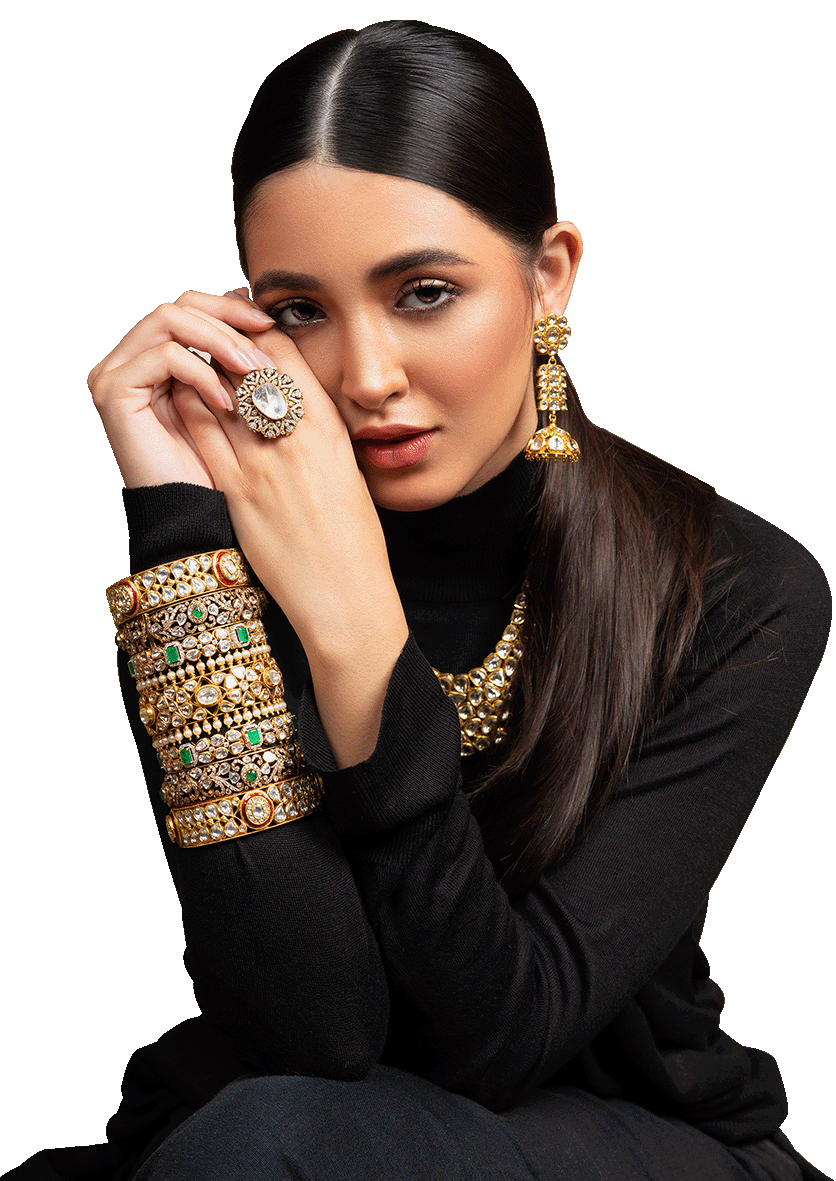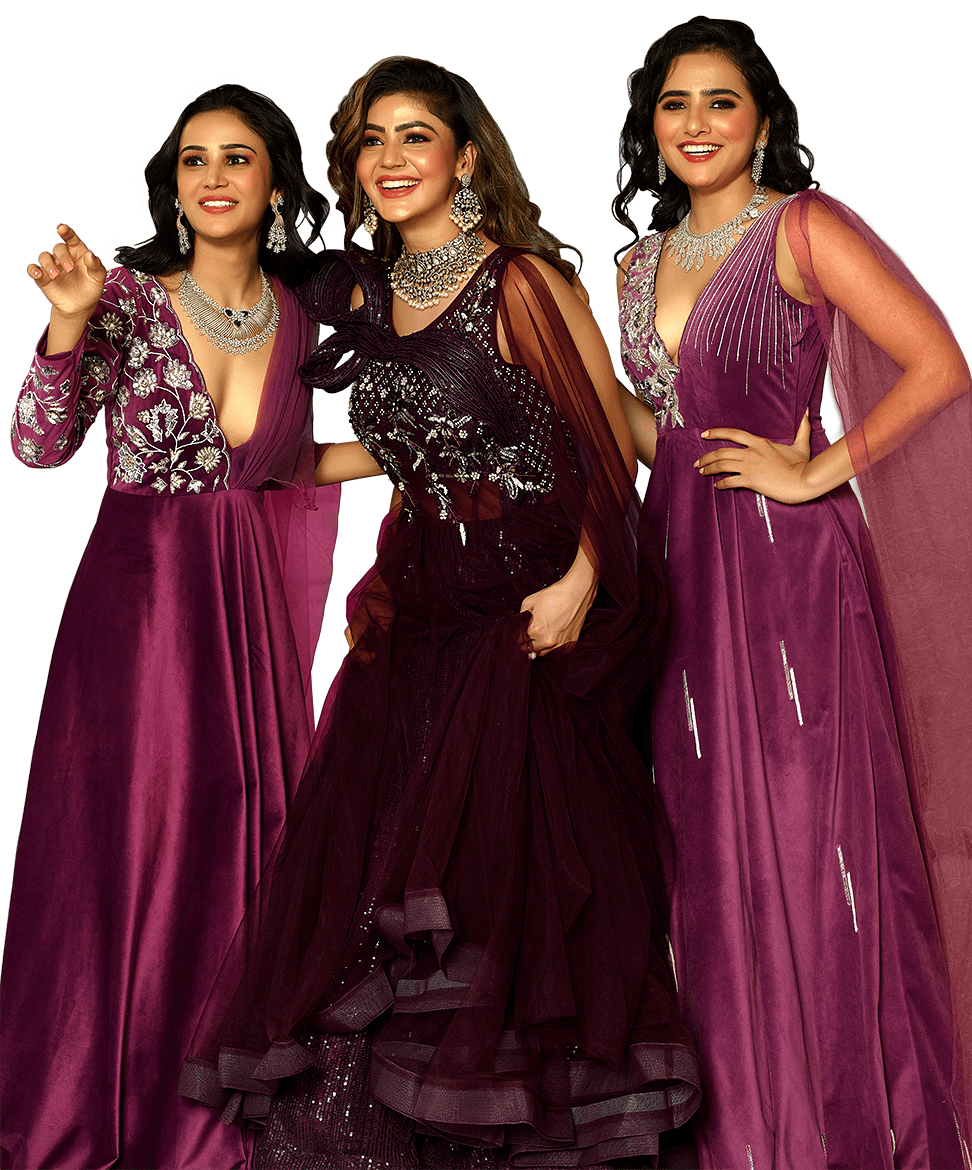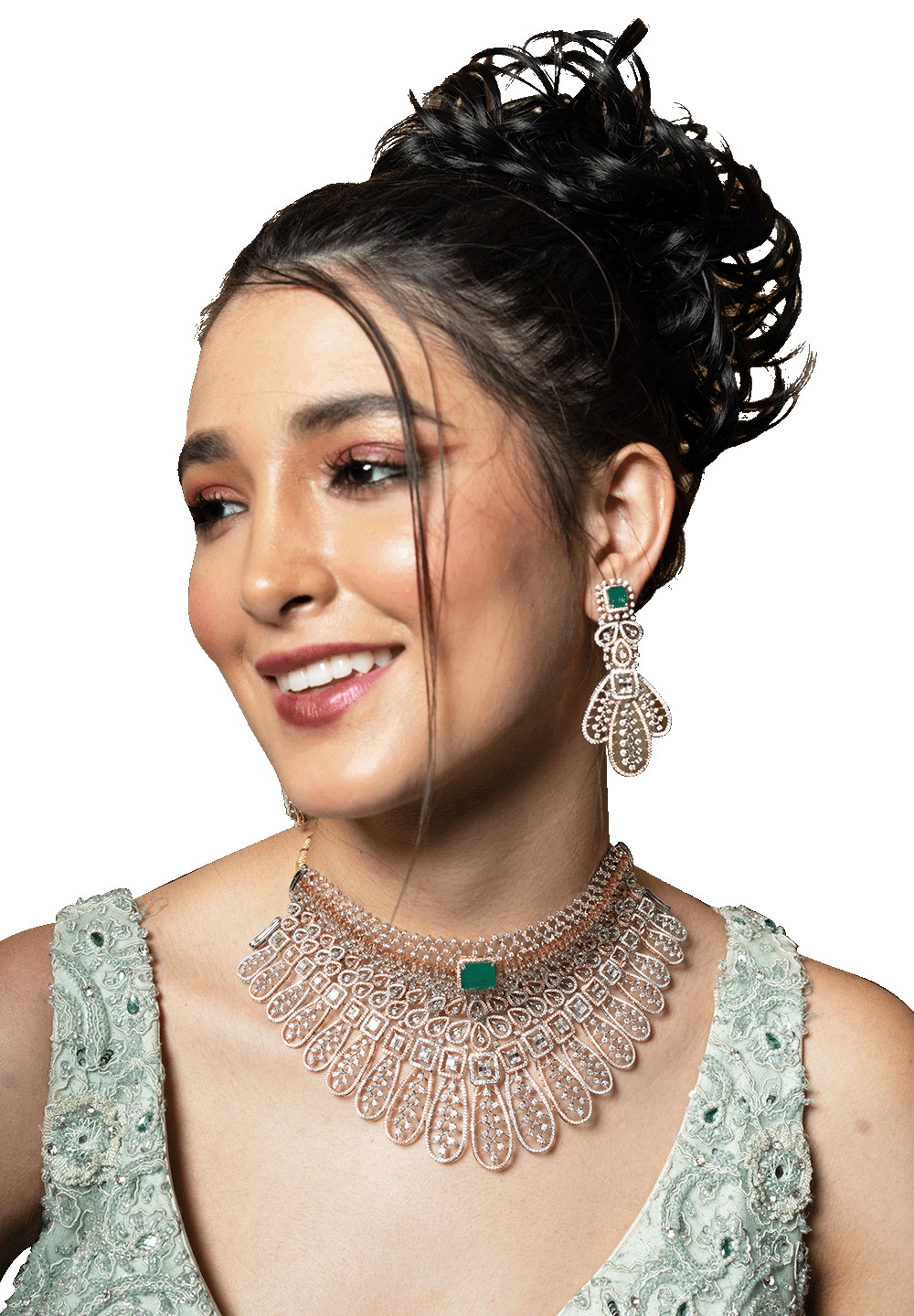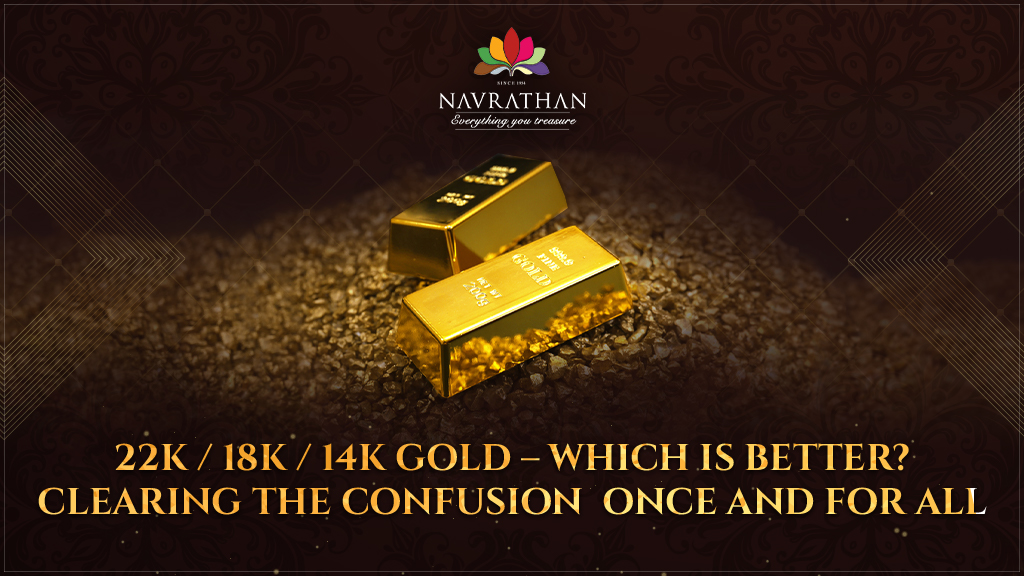
Jewellery has always been a sign of status, appearance and prestige. It is made up with precious particles such as shells, stones, bones, rare metals etc.
This has been a form of luxury from ancient times till today and will continue to be. During the ancient times, jewellery used to be hand-made hence making it rare and each piece used to be unique to that blacksmith. Nowadays, jewellery is mass-produced to provide to the huge population of jewellery lovers hence making it less rarer than it used to be.
The most common metal used to design and craft jewellery pieces is gold. Gold currently has the biggest market cap in the world. India is the biggest gold consumer in the world.
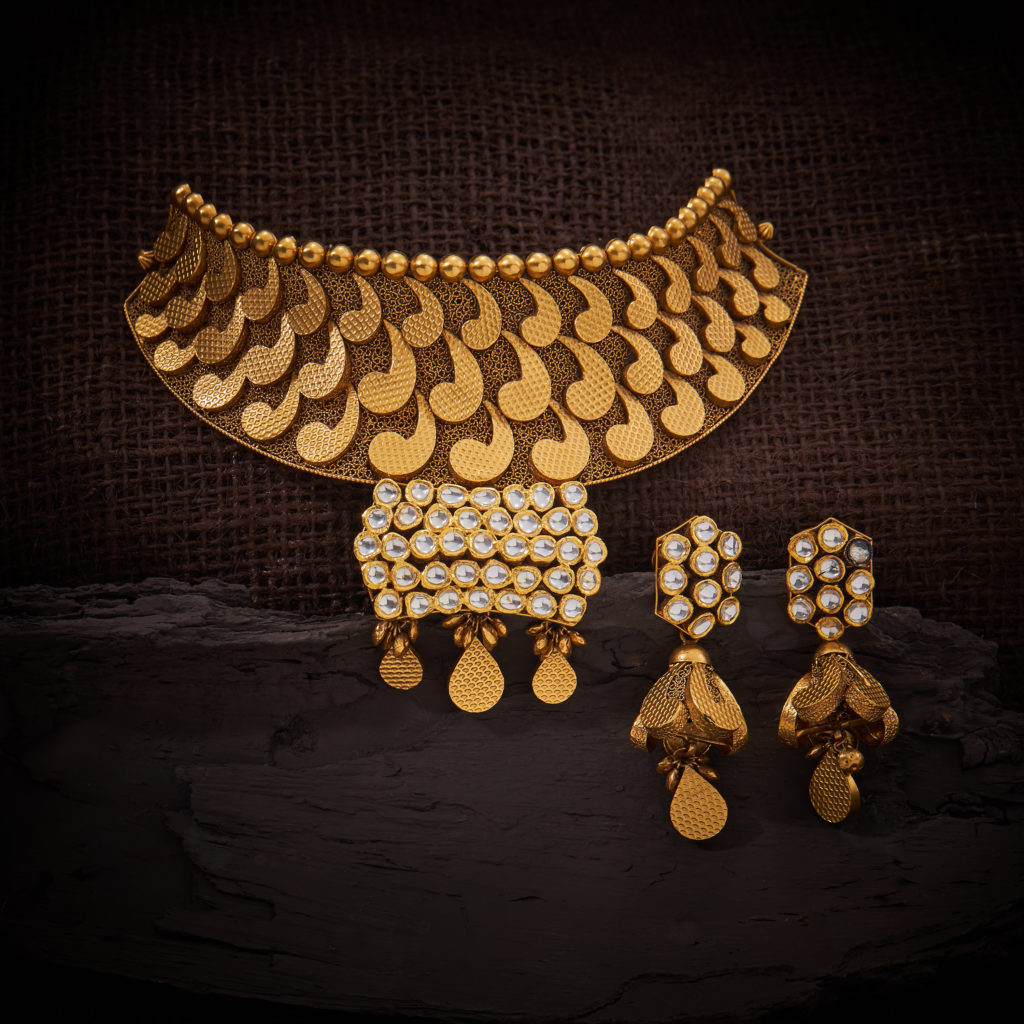
The types of gold are (according to the Karat) –
24k being the most pure but the most delicate.
22k – slightly lesser purity but more durable than 24k.
18k – 75% pure comparatively more durable than the above types.
14k – 58% pure as an average value but way more durable than the 18k.
The price of each type of gold is decided by the purity of the gold and the value and the percentage composition of the metals added for the structure and durability. In India, the most popular types of gold are the 24 karat and the 22 karat.
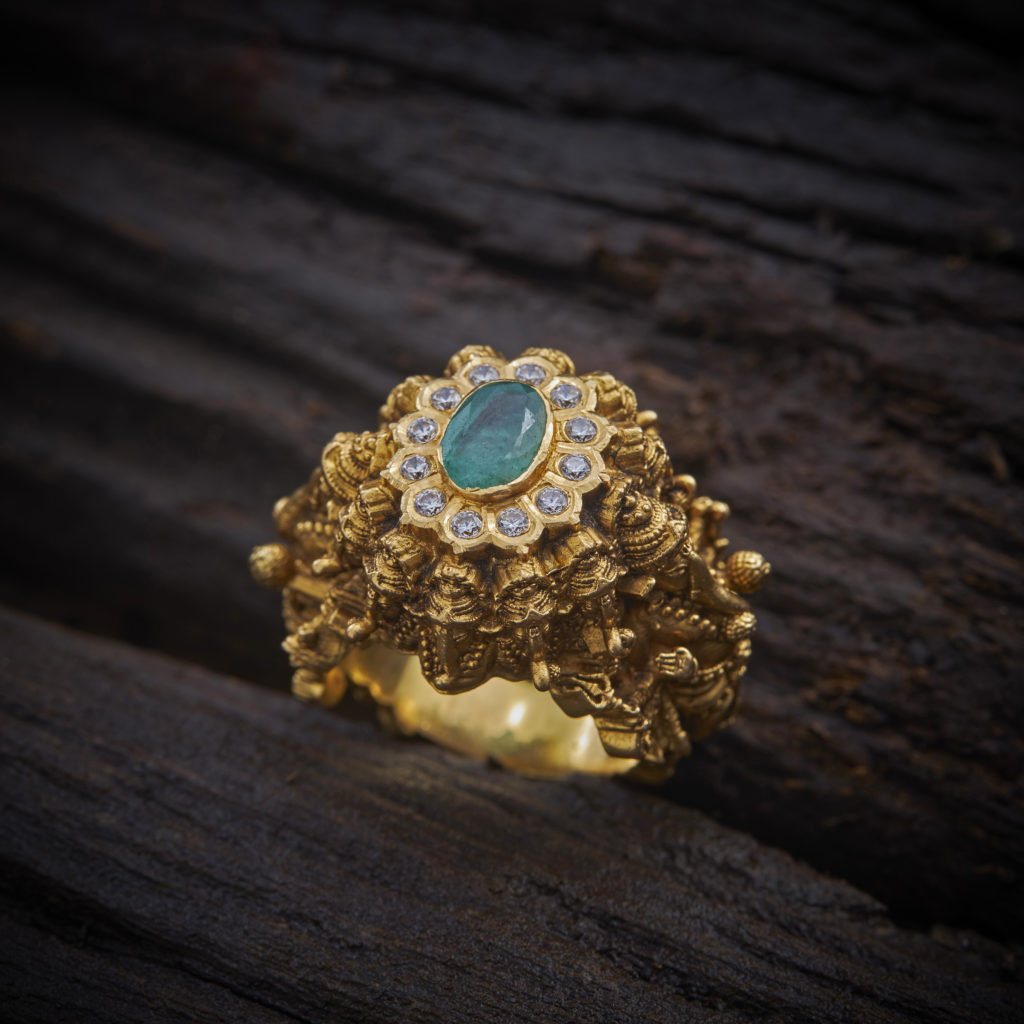
Distinctive Varieties of Gold
22 Karat Gold
22k Gold jewellery implies that 22 parts of the jewellery amounts to gold and the balance 2 parts are some other metals used for structure and durability. This kind of gold is commonly used in jewellery making.
In 22k gold, out of the 100%, only 91.67% is pure gold. The other 8.33% comprises metals such as silver, zinc, nickel and other alloys. It is the addition of metals that makes the texture of gold harder hence making the jewellery more long-lasting and durable.
However, you must know that this can be used to make plain gold jewellery but 22k gold isn’t preferable for diamonds and heavy studded jewellery.
18 Karat Gold
18k Gold is 75% gold mixed with 25% other metals like copper or silver etc.
Usually studded jewellery and other diamond jewellery such as diamond rings is made with 18k gold. The 18 Karat gold is less expensive compare to its superior options such as 24k and 22k gold.
This one is slightly dull in color. Recognizing 18k jewellery is rather simple – you will see the item stamped with 18K, 18Kt, 18k or similar variations.
14 Karat Gold
Despite being the more affordable option compared to its superior options, 14k gold looks every bit as classy as any of the other metals.
14k gold is an excellent choice for an engagement ring or any other piece of fine jewellery that will be daily worn and will have to through hardships like environmental changes such as rain, dirt and temperature variations.
As a beautiful and durable metal 14k gold is also reasonably priced. The colour of gold you decide on should primarily be based on personal preference, skin tone and current fashion.
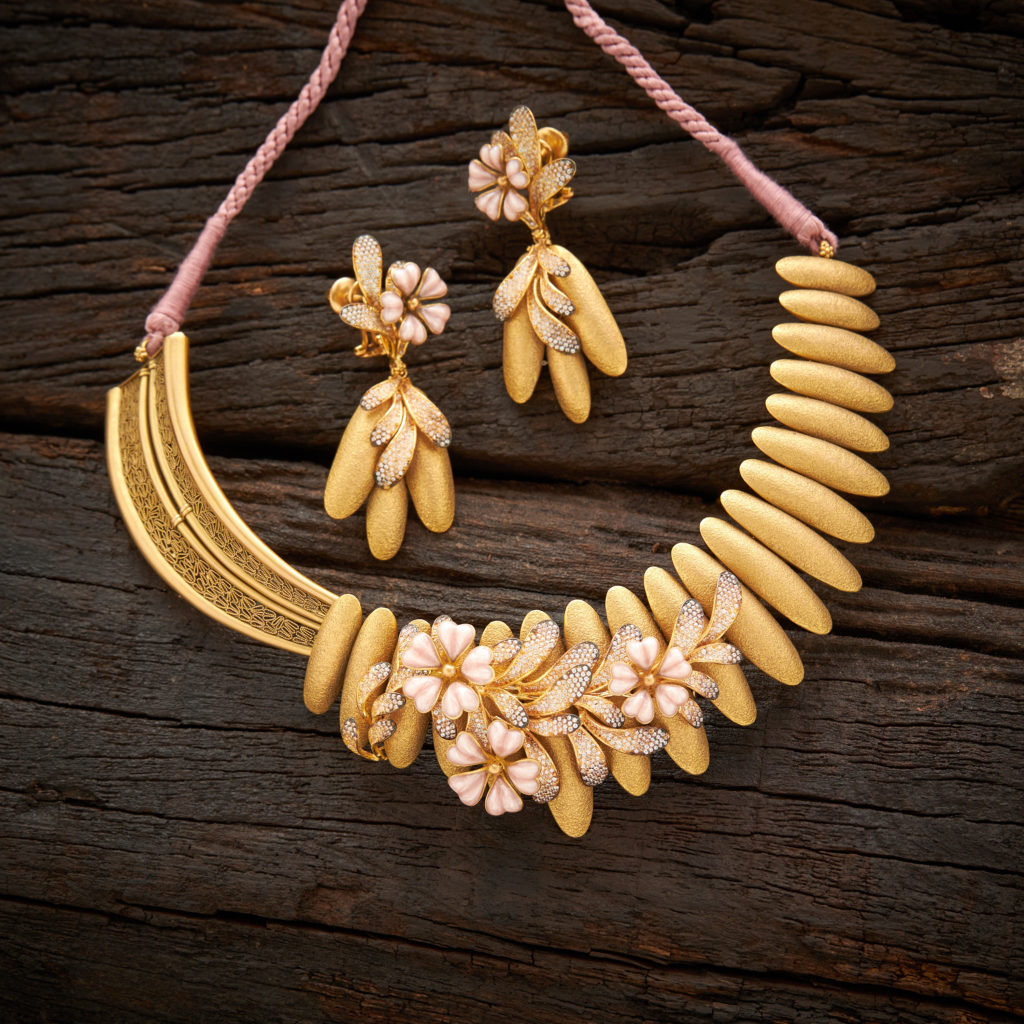
Complexions of Gold
Gold in its purest form is a slightly reddish yellow color. However, it can be used to produce coloured gold in several other shades. We know that gold used in making jewellery is not 24K pure gold. It is an alloy i.e., a mixture of gold with other metals to make it last long, scratch resistance and durable.
Gold can be alloyed with metals such as silver, copper, palladium etc. to create such various gold colours. Among them the most common gold colours are yellow, white, and rose and less common are green and grey.
Yellow Gold
The bright yellow shade of gold is achieved by mixing pure gold with silver, copper or zinc. The usual composition of 18K yellow gold is 75% pure gold blended with 12.5% copper and 12.5% silver. Being the purest color it is unlikely to cause any allergies on the skin and requires the least maintenance of all the other gold colors. It is the most preferred one since ancient ages for making jewellery and coins because of its attractive, shiny and bright appearance.
White Gold
The silvery-white shade of gold is an alloy of pure gold and at least one white metal i.e., generally nickel, silver or palladium. White gold can also be created with gold and platinum. A common white gold composition consists of 90% gold and 10% nickel along with copper added occasionally. Like yellow gold, white gold purest is measured in karats. It is more durable and scratch-resistant than yellow gold. Due to its color and durability, white gold is often preferred over platinum to create any diamond or gemstone based jewellery.
Rose Gold
The pinkish hue of gold known as Rose gold (or Red gold) is alloyed with gold, copper and silver. A common composition of 18K rose gold is 75% pure gold with 22.25% copper and 2.75% silver. The only difference between red gold, rose gold and pink gold is the percentage of copper composition in the gold.
22K Rose gold, being the highest karat version of rose gold is popularly known as crown gold. Due to its copper quality, rose gold is more durable, long-lasting than yellow or white gold. Also due to its durability and pinkish shimmer rose gold jewellery is more popular and is commonly used for engagement rings, bracelets and other jewellery items.
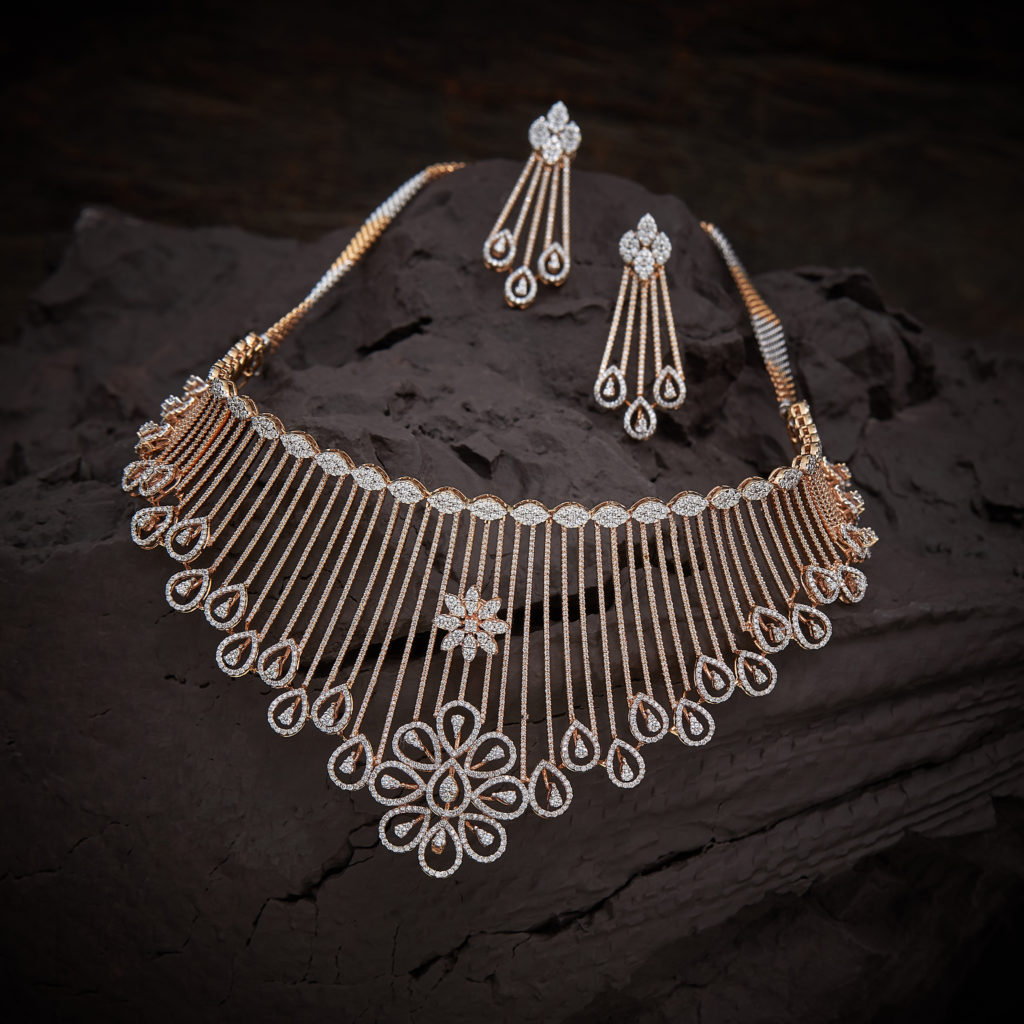
Conclusion-
Events like marriage, festivals occurring occasionally 22k gold is highly recommended because of its 91% purity hence keeps its value for a long time. This is preferred more for occasional and special events rather than the daily worn ornaments.
So, the most preferable type of gold for special event occurring with engagement rings, promise rings -a sign of anniversary etc. is 18k Gold because of its 75% purity hence keeps its value also its durability hence is usable for daily use.
14k gold is preferred for excessive use and it’s highly scratch resistant hence keeps its appearance for a longer period. It is 58% pure, hence provides extreme durability so it is last longer than its superior options.
To find such gold jewellery of premium quality and a huge collection of varieties visit our site: Navrathan Jewellery.
